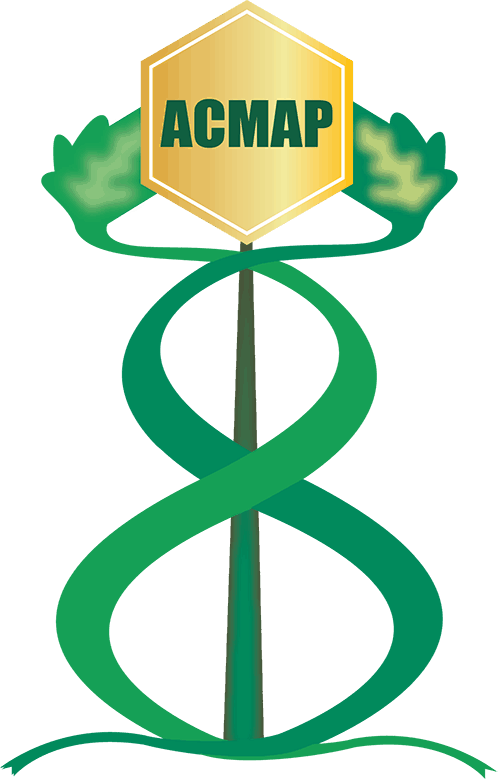Evaluating Natural Products for Control of Black Spot Disease on Roses
Abstract
Black spot caused by the fungus Diplocarpon rosea Wolf. is the most widespread disease in ornamental roses. Frequent applications of environmentally non-benign chemical fungicides are necessary to effectively prevent and control this disease. Ecological and environmental concerns about frequent fungicide applications are growing, and public demand for safer alternatives to fungicides is increasing. This study evaluated water extracts and essential oils from holy basil (Ocimum gratissimum L.), sweet basil (Ocimum basilicum L.), English thyme (Thymus vulgaris L.), and ‘Scotch’ spearmint (Mentha x gracilis Sole) for suppression and control of black spot disease in roses as compared with a commonly used fungicide. The results revealed that weekly treatments with essential oils of ‘Scotch’ spearmint and English thyme produced significantly lower black spot rating as compared with a water control, and the fungicide treatment had lower black spot rating than all treatments, except the ‘Scotch’ spearmint essential oil and the English thyme essential oil. Our results demonstrate that essential oils of English thyme and ‘Scotch’ spearmint hold promise as biopesticides for control of black spot on roses as an alternative to chemical fungicides. The use of essential oils for suppression or control of black spot on roses would benefit environmental health, and minimize human exposure to pesticides in general.
Keywords: Diplocarpon rosea, holy basil, ‘Scotch’ spearmint, sweet basil, English thyme, ornamental roses.
How to Cite:
Jeliazkova, E. A., Balbalian, C., Astatkie, T. & Collins, P., (2012) “Evaluating Natural Products for Control of Black Spot Disease on Roses”, Journal of Medicinally Active Plants 1(1), 13-18. doi: https://doi.org/10.7275/R58050J3
Downloads:
Download PDF
504 Views
179 Downloads
